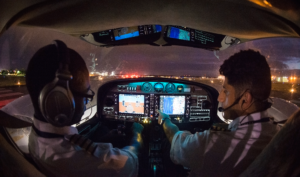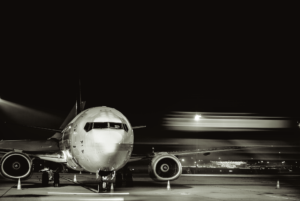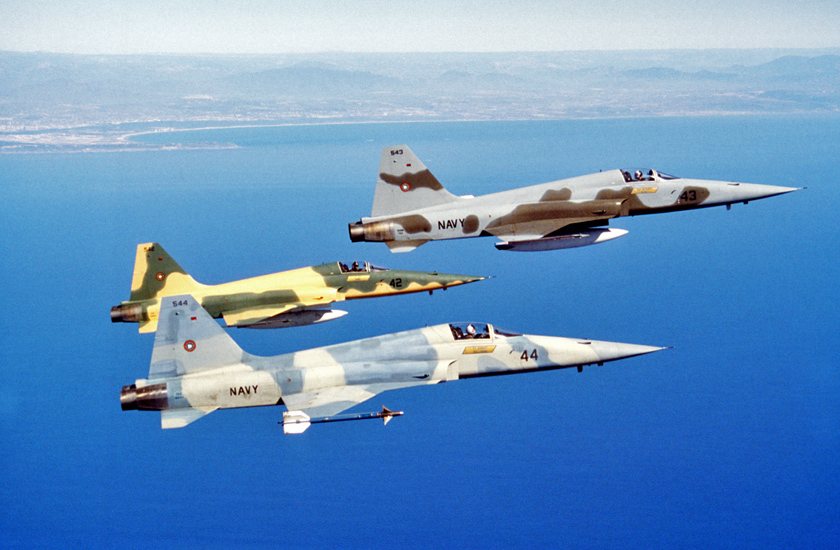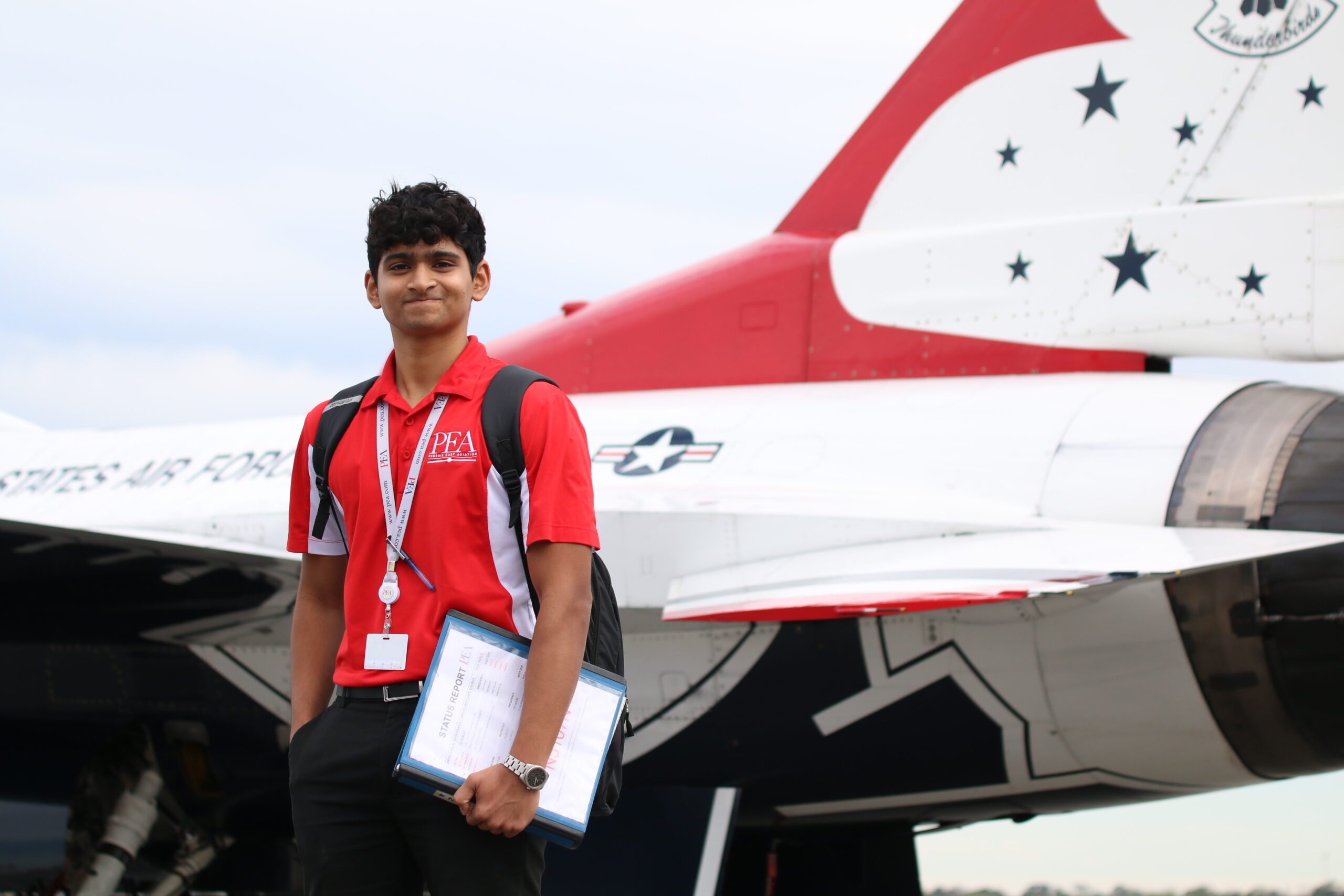Airline Pilot Salary
People enter the doors of Phoenix East Aviation driven by a shared ambition: becoming a pilot. While there are various categories of pilots, a significant number aspire to become airline pilots. The global pilot shortage has created a surge in job opportunities and rising salaries for airline pilots. However, according to Boeing’s Pilot and Technician Outlook, at a glance, “The long-term demand for newly qualified aviation personnel remains strong, as 649,000 new pilots… will be needed to fly and maintain the global commercial fleet over the next 20 years” (2023). As a result, understanding pilot salaries has become a topic of interest for individuals considering this career path.
Unlike some professions, pilots do not earn a fixed annual salary, rather an hourly wage for each flight hour flown, along with per diem. The majority of airlines offer their pilots a guaranteed minimum number of paid hours each month, to ensure a steady and dependable stream of income.
Starting Salaries
Aspiring airline pilots in the United States commonly start their careers by joining a regional airline. This serves as a pivotal stepping stone, enabling pilots to accumulate essential flight hours and qualifications required to advance to major airlines in the future.Entry-level pilots at these regional airlines can expect to earn an annual salary ranging from $90,300 to $120,700. In addition to competitive pay, major regional carriers often provide incentives such as signing bonuses, tuition reimbursement programs, healthcare benefits, and flight benefits.

Pilots frequently receive supplemental compensation in the form of training stipend during period of instruction, as well as a daily allowance known as per diem, which is provided when pilots are away from their home base. Per diem is allocated to cover the costs of meals and additional expenses while traveling. Additionally, airlines generally provide paid lodging accommodations for pilots when they are required to do overnight stays away from their home base.
Some pilots may stay with regional airlines, many will use regional airlines as a stepping stone to get to major commercial airliners. With that, it is important to understand commercial pilot starting salaries, too. In the realm of airline pilots’ salaries, there exists considerable variation in average pay. This diversity in earnings stems from a multitude of contributing factors. Let’s take a further look into some of those key factors.
- Position: Airline pilots typically start their careers as a First Officer before progressing to roles such as Captain, Training Captain, and Check Pilot. Salaries tend to increase with rank, with Captains generally earning more than First Officers, and Training Captains and Check Pilots often earning even higher salaries.
- Tier of Airline: Even within the airline industry, salaries may fluctuate significantly based on the type of carrier. For example, pilots who are employed by major airlines may receive a higher salary over the course of their careers compared to pilots at regional and/or smaller airlines.
- Experience and Seniority: Much like any profession, having experience and seniority has a crucial role in determining a pilot’s salary. Over the course of their careers, pilots accumulate more flight hours and gain seniority, allowing for better-paying positions and rank as their seniority increases. Many airlines offer pay increases based on the total hours of flight time a pilot has accrued.
- Geographic Location: The location of a pilot can ultimately impact their earnings. Salaries may vary based on the cost of living and demand for pilots in different regions or metropolitan areas.
Salaries by Aircraft
Key factors that impacted salary were discussed above, however one key determinant of salary earnings for a pilot is based on aircraft size. The size and complexity of an aircraft a pilot operates influence their salary. Those that fly larger, long-haul aircraft often earn more due to the increased skills and responsibilities required to operate a more complex aircraft.
According to BizJetJobs and a 2024 pilot salary survey that was conducted, an Airbus’ First Officer’s median salary is an impressive $164,131 with the higher scale of $203,102; a Captain’s median salary for the same aircraft type is $270,105 with the higher scale of $318,285. As of March 2024, non-jet pilots’ salary average is $74,590 with the range starting from $72,131 to an impressive $102,295.
How Salaries Increase
Phoenix East Aviation continues to successfully train thousands of pilots to help close the gap in the pilot shortage that has been seen across the world. However, there has been a significant upward trend on how the pilot shortage is driving salary increases. The aviation industry continues to soar, offering a world of endless opportunities after pilots accumulate enough flight hours and experience.
As major airlines continue to meet their staffing needs, they are actively recruiting from regional carriers. This, in turn, creates somewhat of a domino effect of opportunities for newly trained pilots, as regional airlines are stepping up their game to become more competitive at attracting and retaining new pilots. It is known that many will offer incentives including:
-
- Paid training programs
- Relocation expense coverages
- Sign-on bonuses
- Secure pathways to major airlines, such as the United Aviate Program.
- Benefit packages for their pilots
- Seniority matching
With the increasing demand of pilots within the aviation industry, regional airlines are becoming more aware of addressing the needs and expectations of pilot’s in their recruitment and retention efforts. Offering things such as what is listed above, opens up vast opportunities for career development and growth within a company.
Overall, competitive salaries and incentives are on the rise, and there has never been a better time to take to the skies and join the aviation industry. Are you looking for your pilot dreams to take flight? Our Admissions Department is here to help make that happen! Email info2@pea.com to get in touch with us.
Sources:
Salary.com, S. built by: (n.d.). Chief pilot air fleet manager salary. https://www.salary.com/research/salary/alternate/chief-pilot-air-fleet-manager-salary
Entry level commercial pilot Annual salary ($48,563 avg – Jul 2022) – ziprecruiter. (n.d.). https://www.ziprecruiter.com/Salaries/Entry-Level-Commercial-Pilot-Salary
Redbird Flight. (2023, September 6). Commercial pilot salary averages. Commercial Pilot Salary Averages. https://www.redbirdflight.com/landing/commercial-pilot-salary
Memon, Dr. O. (2024, March 1). How much do regional pilots make?. Simple Flying. https://simpleflying.com/regional-pilot-salary-guide/#:~:text=Regional%20airline%20pilots%20in%20theranges%20between%20%2440%2C000%20and%20%2485%2C000.
2024 pilot salary survey. BizJetJobs. (n.d.). https://bizjetjobs.com/pilot-salary-survey




